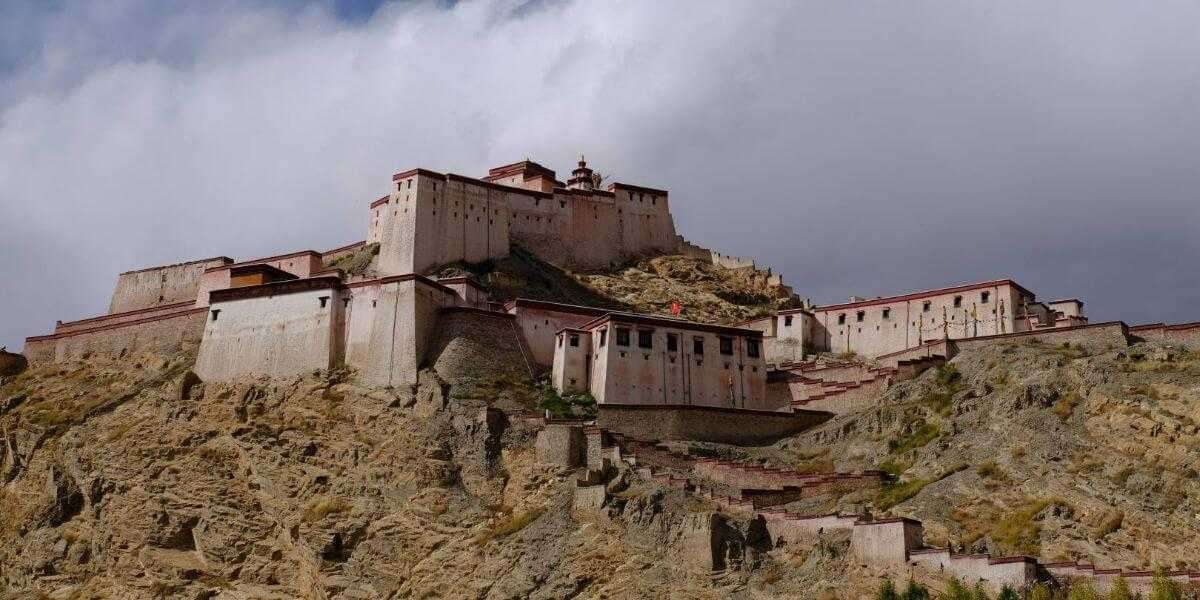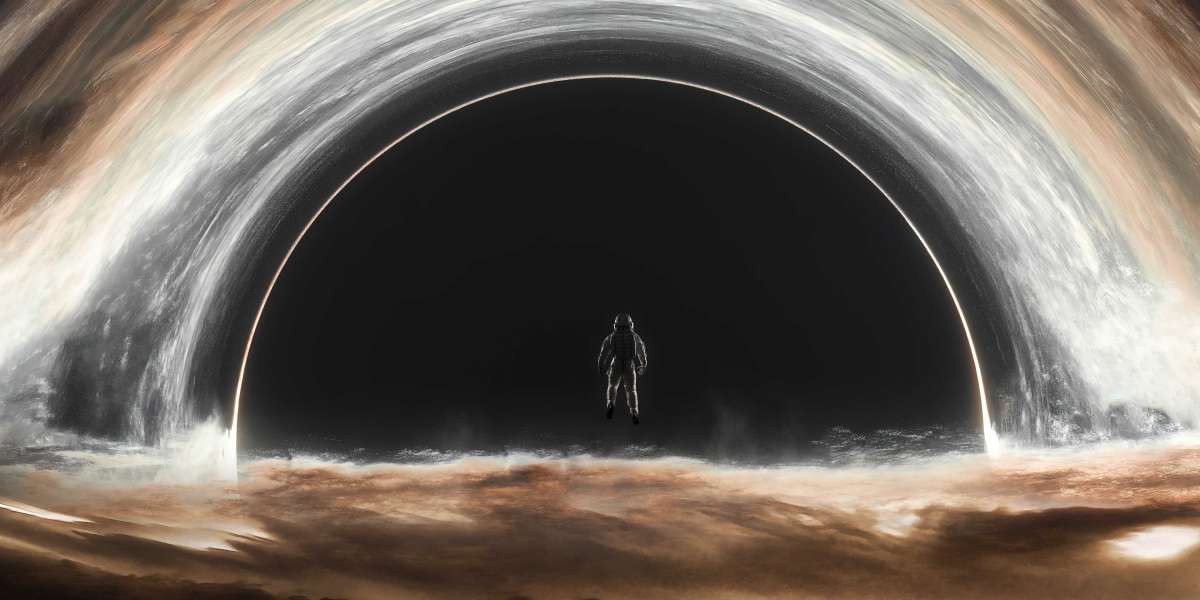Tibet, often referred to as the "Roof of the World," is a destination that promises adventure, cultural immersion, and breathtaking landscapes. Whether you're looking to explore ancient monasteries, take in the stunning views of the Himalayas, or experience the unique Tibetan culture, planning your Tibet trip at the right time of year can make all the difference. This guide will help you determine the best time to travel Tibet tour based on weather, events, and the experiences you seek.
Understanding Tibet's Climate
Tibet's climate is diverse and varies significantly depending on the region and altitude. The high-altitude plateau climate means that Tibet experiences harsh winters, mild summers, and significant temperature fluctuations between day and night. Understanding the climate is essential when planning your Tibet trip to ensure you are prepared for the conditions you'll encounter.
- Spring (April to May)
Spring is a popular time to take a Tibet trip as the weather begins to warm up, and the landscape starts to come alive with blooming flowers and green pastures. The snow in many regions starts to melt, making it easier to access some of the higher-altitude areas.
During this period, the daytime temperatures are comfortable, ranging between 10°C to 15°C (50°F to 59°F), but nighttime temperatures can still drop below freezing, especially in higher altitudes. Spring also marks the beginning of the tourist season, which means you'll have more options for guided tours and activities but might also encounter larger crowds at popular sites.
- Summer (June to August)
Summer is considered the peak season for a Tibet trip. The weather is warmest during these months, with daytime temperatures ranging from 15°C to 25°C (59°F to 77°F). The relatively mild climate makes it the ideal time to travel Tibet tour, especially for those interested in trekking and outdoor activities.
One of the main attractions during the summer is the famous Mount Everest Base Camp trek. The clear skies offer stunning views of the world's highest peak, and the warm weather makes the trek more manageable. Additionally, many festivals, such as the Shoton Festival, take place during the summer, providing a unique opportunity to immerse yourself in Tibetan culture.
However, summer is also the monsoon season in Tibet, particularly in the southeastern regions. While the rainfall is generally light, it can cause some roads to become muddy and challenging to navigate. Despite this, the benefits of traveling during the summer, including the vibrant festivals and the opportunity to visit remote areas, often outweigh the potential downsides.
- Autumn (September to October)
Autumn is another excellent time to take a Tibet trip. The weather remains relatively mild, similar to spring, with daytime temperatures ranging between 10°C to 20°C (50°F to 68°F). The skies are usually clear, offering perfect conditions for sightseeing and photography. The summer crowds have begun to dissipate, so you'll have a more peaceful experience visiting popular attractions like the Potala Palace or Jokhang Temple.
Autumn is also the harvest season in Tibet, and you'll witness locals gathering crops and preparing for the winter. This period provides a unique glimpse into the daily life of Tibetans and offers an authentic cultural experience. For those interested in trekking, autumn is ideal as the trails are less crowded, and the weather is stable.
- Winter (November to March)
Winter in Tibet is cold, with temperatures often dropping below freezing, especially at night. Daytime temperatures can range from 5°C to 10°C (41°F to 50°F) in Lhasa and lower in higher-altitude areas. While winter is the least popular time for a Tibet trip due to the harsh weather conditions, it does have its advantages.
For one, winter is the off-season, meaning fewer tourists and lower prices for accommodation and tours. This season is perfect for those looking to avoid crowds and experience the serenity of Tibet in its raw, untouched form. Additionally, some regions, such as Lhasa, remain relatively accessible during winter, and the lower number of visitors means you can explore famous sites like the Potala Palace or Norbulingka Palace at your own pace.
One of the most compelling reasons to travel Tibet tour in winter is the possibility of attending local festivals, such as the Tibetan New Year (Losar). These festivals offer a deep insight into Tibetan culture and traditions, and you'll have the chance to see rituals and ceremonies that are rarely witnessed by outsiders.
Factors to Consider When Planning Your Tibet Trip
- Altitude and Acclimatization
Tibet's high altitude is a significant factor to consider when planning your trip. Most of Tibet lies above 3,000 meters (9,842 feet) in altitude, and altitude sickness is a common concern for travelers. The best way to avoid altitude sickness is to give your body time to acclimatize, which is why many travelers opt to spend a few days in Lhasa or other lower-altitude areas before venturing into higher regions.
It's also essential to consider the time of year in relation to altitude. For example, winter at higher altitudes can be incredibly harsh, while summer offers a more comfortable environment for acclimatization and exploration.
- Permits and Regulations
Traveling in Tibet requires specific permits and regulations. Independent travel is not allowed, so you'll need to join a guided tour arranged by a licensed travel agency. The peak tourist season (summer) often sees a surge in permit applications, so it's advisable to plan and secure your permits well in advance.
Additionally, some regions, particularly border areas near Nepal and India, may have additional restrictions or require special permits. It's essential to research and ensure you have all the necessary documentation before embarking on your Tibet trip.
- Festivals and Cultural Events
Tibet's rich cultural heritage is best experienced during its numerous festivals and cultural events. If you're interested in immersing yourself in Tibetan culture, planning your trip around one of these festivals is highly recommended. However, it's also important to note that festivals can attract large crowds, so be prepared for a more bustling environment.
The timing of these festivals often aligns with the Tibetan lunar calendar, so they may not correspond to the same dates on the Gregorian calendar each year. Therefore, it's crucial to check the specific dates for the year you plan to travel.
Recommended Tibet Travel Tours
When planning your Tibet trip, it's essential to choose the right tour that aligns with your interests and the time of year. Here are some recommended travel Tibet tours based on the seasons:
- Spring Tour: Lhasa, Gyantse, Shigatse, and Namtso Lake
Spring is a fantastic time to explore central Tibet, including the cities of Lhasa, Gyantse, and Shigatse. A tour during this time might include visits to iconic landmarks like the Potala Palace, Jokhang Temple, and Tashilhunpo Monastery. The trip could also include a journey to Namtso Lake, where the melting snow reveals stunning turquoise waters surrounded by snow-capped mountains.
- Summer Tour: Everest Base Camp and Ganden to Samye Trek
Summer is the best time for adventurous travelers looking to trek in Tibet. A popular option is the journey to Everest Base Camp, where you'll be rewarded with breathtaking views of Mount Everest. Alternatively, the Ganden to Samye Trek offers a mix of cultural and natural beauty, taking you through remote villages, ancient monasteries, and stunning landscapes.
- Autumn Tour: Mount Kailash Pilgrimage
Autumn is an ideal time for a spiritual journey to Mount Kailash, one of the most sacred mountains in Hinduism, Buddhism, and Jainism. The pilgrimage, known as the Kora, involves a trek around the base of Mount Kailash and is considered a once-in-a-lifetime experience. The mild weather and clear skies of autumn make this the perfect time to undertake this spiritual adventure.
- Winter Tour: Lhasa and Surrounding Monasteries
For those willing to brave the cold, a winter tour of Lhasa and its surrounding monasteries offers a unique and peaceful experience. With fewer tourists, you'll have the chance to explore the Potala Palace, Drepung Monastery, and Sera Monastery in a more intimate setting. Additionally, you might be able to participate in local winter festivals, offering a deeper insight into Tibetan culture.
Conclusion: The Best Time to Travel Tibet Tour
The best time to take a Tibet trip largely depends on your interests, tolerance for weather conditions, and the experiences you seek. Whether you choose to visit during the vibrant summer festivals, the serene autumn months, or the quiet and reflective winter, Tibet offers a unique and unforgettable adventure.
When planning your travel Tibet tour, consider the climate, altitude, and cultural events to ensure you have the best possible experience. With its rich cultural heritage, stunning landscapes, and spiritual significance, Tibet remains a destination like no other—a place where every moment is infused with a sense of wonder and discovery



